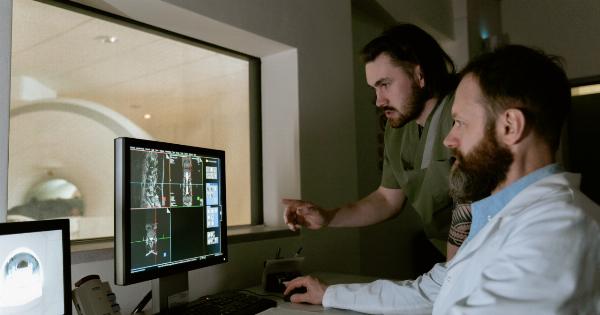Tonsil abscess, also known as peritonsillar abscess, is a serious condition that can pose a fatal threat if not treated promptly and adequately.
It is a collection of pus that forms behind the tonsils, leading to severe pain, difficulty swallowing, and potentially life-threatening complications. Understanding the causes, symptoms, and treatment options for tonsil abscess is crucial in order to prevent its fatal consequences.
Causes of Tonsil Abscess
Tonsil abscess generally occurs as a complication of tonsillitis, which is the inflammation of the tonsils caused by bacterial or viral infections. When tonsillitis becomes severe, the infection can spread to the surrounding tissues and form an abscess.
The most common bacteria responsible for tonsil abscess is Streptococcus pyogenes.
Symptoms of Tonsil Abscess
The symptoms of tonsil abscess often develop rapidly and can be quite severe. Some of the most common symptoms include:.
- Severe sore throat
- Pain and difficulty swallowing
- Earache on the affected side
- Fever and chills
- Headache
- Swollen tonsils
- Redness and inflammation of the throat
- Tender and enlarged lymph nodes in the neck
Complications of Tonsil Abscess
If left untreated, tonsil abscess can lead to serious complications, including:.
- Spread of infection to nearby structures such as the neck, chest, or heart
- Breathing difficulties due to airway obstruction
- Lung infection or pneumonia
- Sepsis, a life-threatening infection that can spread throughout the body
Diagnosis
To diagnose tonsil abscess, a thorough examination of the throat and neck is necessary. The doctor will look for signs of swelling, redness, and the presence of pus in the tonsils.
In some cases, a needle may be used to extract a sample of pus for laboratory testing, which can help identify the specific bacteria causing the infection.
Treatment Options
Tonsil abscess requires immediate medical attention. The aim of treatment is to drain the abscess and eliminate the infection. The primary treatment options include:.
- Incision and drainage: In this procedure, a healthcare professional makes a small incision in the abscess to allow the pus to drain out. This is usually done under local anesthesia.
- Antibiotics: Depending on the severity of the infection, antibiotics may be prescribed to eliminate the bacteria causing the abscess. It is essential to complete the full course of antibiotics, even if the symptoms improve.
- Pain management: Over-the-counter pain relievers can help alleviate the pain and discomfort associated with tonsil abscess. Additionally, gargling with warm saltwater can provide temporary relief.
Prevention of Tonsil Abscess
While it may not always be possible to prevent tonsil abscess, there are certain measures that can help reduce the risk. These include:.
- Maintaining good oral hygiene by brushing and flossing regularly
- Quitting smoking and avoiding exposure to secondhand smoke
- Avoiding close contact with individuals who have tonsillitis or other respiratory infections
- Staying up to date with vaccinations, including the flu shot and the pneumococcal vaccine
When to Seek Medical Help
If you experience symptoms of tonsil abscess, it is important to seek medical help immediately. Prompt treatment can prevent the condition from worsening and potentially save your life.
Do not delay in contacting a healthcare professional if you experience severe throat pain, difficulty swallowing, or other concerning symptoms.





























